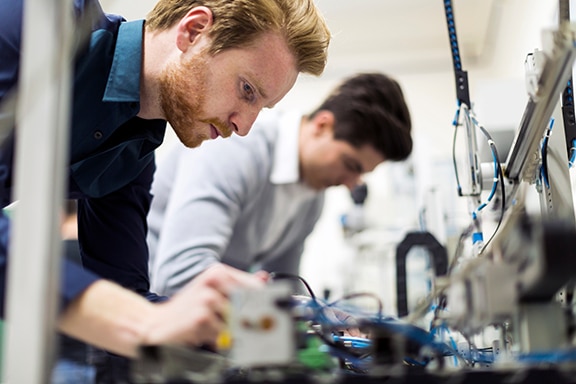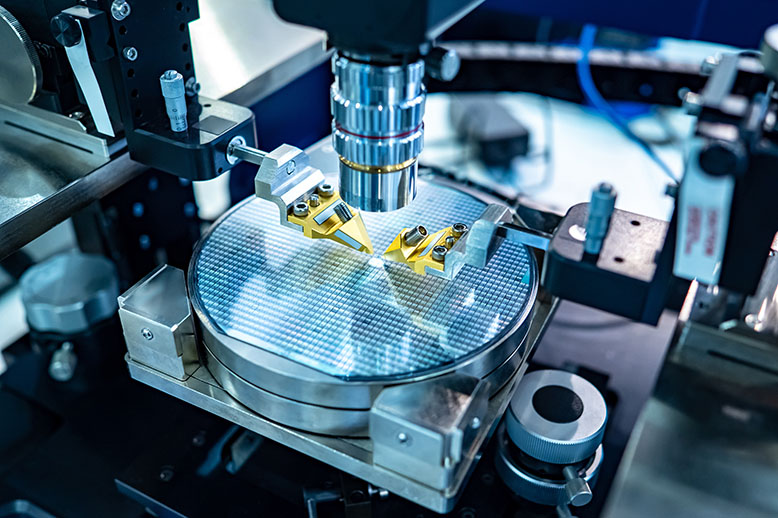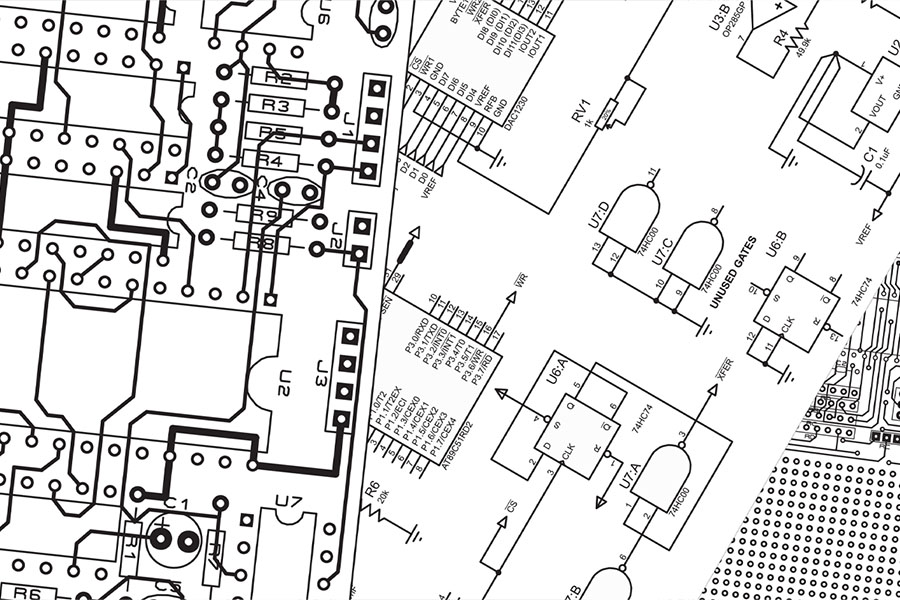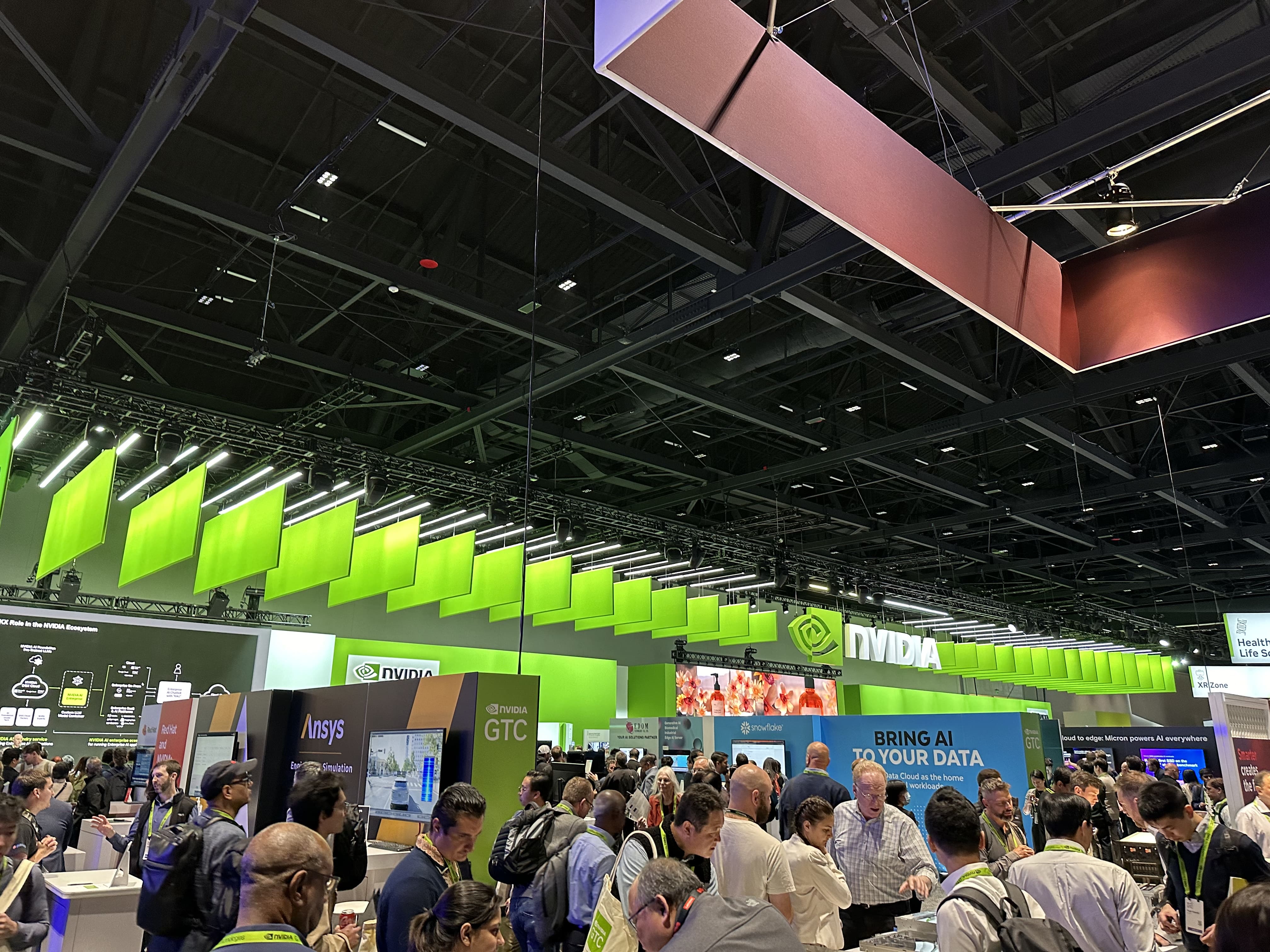Having spent a stimulating 4 days at GTC 24, I had to pen down what this new era of generative artificial intelligence (GenAI), the hottest topic in the tech world, is and what it means for the automotive industry.
GenAI is a subset of artificial intelligence (AI). Traditionally AI models are tailored for specific tasks relying on labelled data of specific training datasets. GenAI foundational models, on the other hand, work by learning patterns and structures, in an unsupervised manner from much larger datasets. They dive deep into known datasets, establishing connections, patterns and ‘generating’ creative outputs in the form of videos, images, texts, software codes. This often means the costly task of labeling the dataset to train traditional AI models is not a factor when training the larger GenAI models.
Once this power is fully unleashed, it can truly lead to a world where creativity and efficiency know no bounds. It is also important to highlight here that GenAI may work in combination with existing technologies like predictive analytics. While GenAI “generates” unique outputs deciphered (repeatedly auto predicting) from patterns it recognizes, predictive analytics uses historical data and statistical modelling to predict specific future results and behaviors for a particular use case. This gives organizations a more informed route to decision making. We will delve into the details of the synthesis between the two later in the post.
Goldman Sachs estimated that GenAI could increase global GDP by 7%, or almost $7 trillion, over the next 10 years. The ability to generate new content that mimics the style and depth of human creations opens a whole new realm of possibilities. GenAI will impact every facet of our lives.
Let’s start with the factory floor. Today’s manufacturing utilizes a large number of sensors generating vast amounts of data enabling a stronger awareness, understanding and predictability of machine performance and product quality. Many of these sensors work in isolation. So, even though they are providing individual outputs, there is a lack of cohesiveness that could maximize the predictability of performance of the manufacturing equipment. With GenAI, processing comprehensive datasets across all aspects of the manufacturing floor will lead to completely new output scenarios beyond imagination.
Now, let’s specifically look at the world of automotive and the far-reaching impact it can have in this fascinating industry including how it can fuel automotive design. Automotive design work is defined by complex components involving batteries, gear boxes, engines and infotainment to name a few. It also has a multitude of options of design placements with a vast number of technical safety constraints to make it worthy of getting on the road, not to mention every region comes with its own nuances. Companies have software tools using GenAI to build life-like 3D models of vehicles by manipulating a few input parameters. With GenAI you can ask questions like, “Can I use different material for the interiors?” or “How can the design be made cheaper?”. Efficiency comes from the ability to incorporate past designs, customer feedback into new designs with cost optimization, efficiency and releasing new products with greater speed to the market. You can prototype faster, test faster and fail faster. Every iteration generates more insights leading to enhancements never thought of before. The speed of innovation can be completely game changing.
Now let’s shift to the area of customer service and user experience. How was your last car buying experience? You scheduled an appointment at a dealership. You waited and waited and waited some more, then were forced to speak with a car salesman who was desperately trying to make the sales quota. All you ever wanted is to truly experience the joys of a brand-new set of wheels and the journey thereof. Well, your answer is a GenAI chatbot that can give you a completely personalized experience by understanding your needs and tailoring the recommendations for you, from car models, to added features/packages and even financing. You direct your questions based on the specific information you need to make a decision. It’s a win-win for you as a buyer and the car dealership as the seller.
Supply chain can stir up some emotions especially if you have been in the semiconductor industry driven by the shortages in the recent past. Traditional AI has certainly had its advantages enabling real-time monitoring of the supply chain by keeping tabs on inventory levels, mapping the movement of goods and flagging any disruptions that occur. GenAI takes this one step further by incorporating two additional components. Firstly, If there is a disruption, GenAI will provide alternate routes to minimize interruptions and reduce possible added costs due to such interruptions. Secondly, the GenAI will go through “what If” scenarios at the time of planning. This component will take different scenarios into account, such as what happens if the raw material from supplier A is not available on time or what happens if the price from supplier C rises. This information will then be turned into a solution. The net result is an optimized supply chain, increasing dependability and less surprises without sending the global market in a tailspin.
As global vehicle fleets increase in size and get widely pervasive, so does the amount of data being processed. Fleet managers have long complained of the complexity of data generated and the amount of time it took to drive insights from the convoluted datasets. GenAI can transform the process of analyzing fleet data into a simple and intuitive experience. GenAI can enable fleet managers to have a conversation with a chatbot to address questions like, “How many EVs do I have in my fleet?” or “How have EVs impacted my total revenue?”. Additionally, how do you get ahead of potential technical issues that can result in car breakdowns and downtime. GenAI uses a combination of real-time sensor inputs and historical data trends for predictive maintenance. Fleet companies benefit from GenAI tools for better fleet management, providing customers with a safety/security state of mind, adding operational efficiency, all while positively impacting the bottom line.
The Role of onsemi
onsemi too is playing its role in this transformative era. The image sensors capture a large amount of image and video data to help driver and/or vehicle system to make timely decisions on the road. By working closely with our ecosystem partners, onsemi helps OEMs to shorten their design cycles. Autonomous system developers got a big boost from NVIDIA Omniverse's new Cloud APIs which allow them to accelerate their design process using NVIDIA Omniverse's ecosystem of simulators, verification and validation tools, including sensor models from our Hyperlux™ family of image sensors. Simulation environments using Hyperlux synthetic sensor data is generated to mimic real-world sensor inputs. Digital replicas of real-world scenarios, including road layouts, traffic conditions, and weather variations can be created. These virtual environments allow them to test algorithms, sensors and control systems without physically driving on the road, deliberately creating corner cases (e.g., sudden tire blowouts, sensor failures, extreme weather) to validate the system’s behavior. Being able to generate synthetic scenarios with image sensors helps improve model generalization and reduces the need for extensive on-road data collection, so autonomous systems/vehicles can be tested and verified in a risk-free, lower-cost, time-efficient virtual environment.
Learn more about Hyperlux family and contact us to discuss how we can help with your next automotive design in the GenAI era.
Additional Resources:








